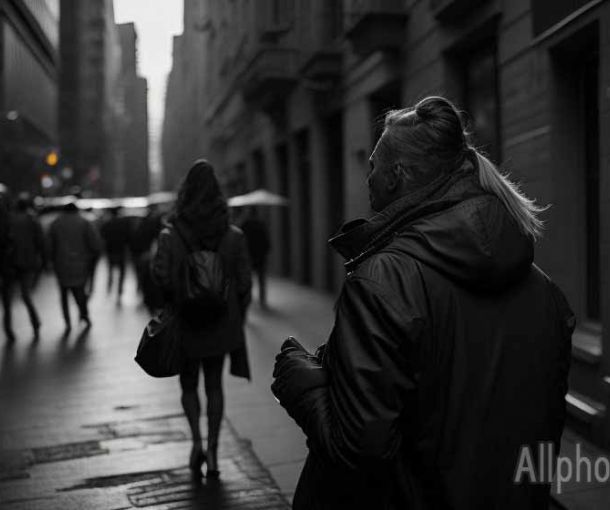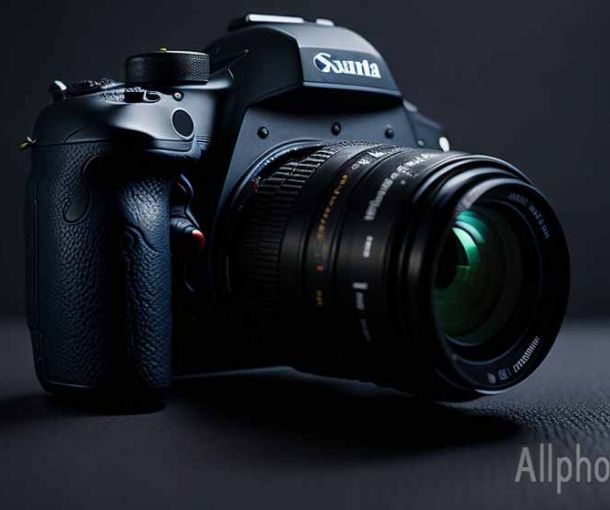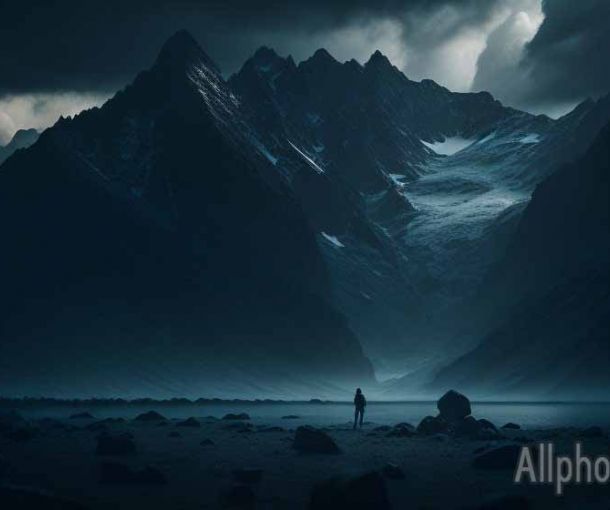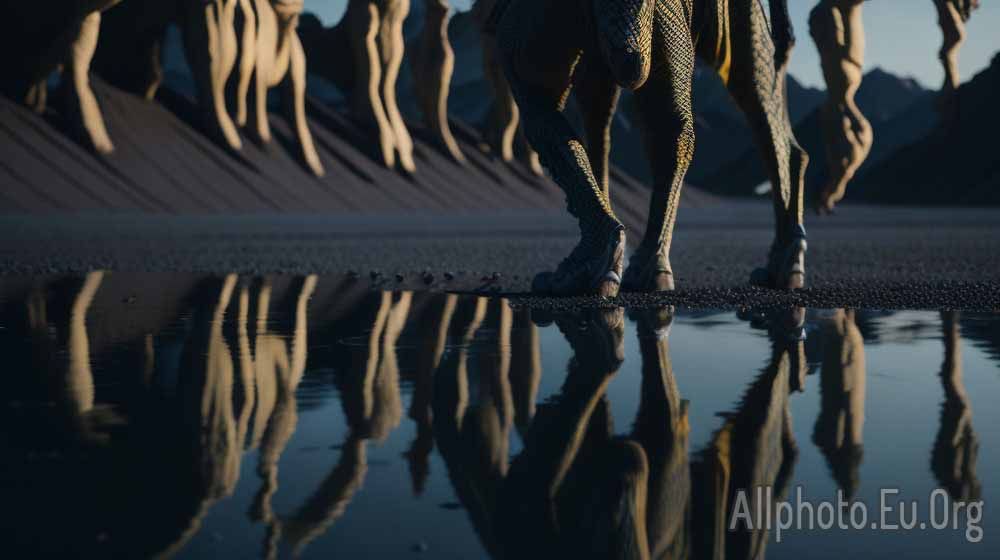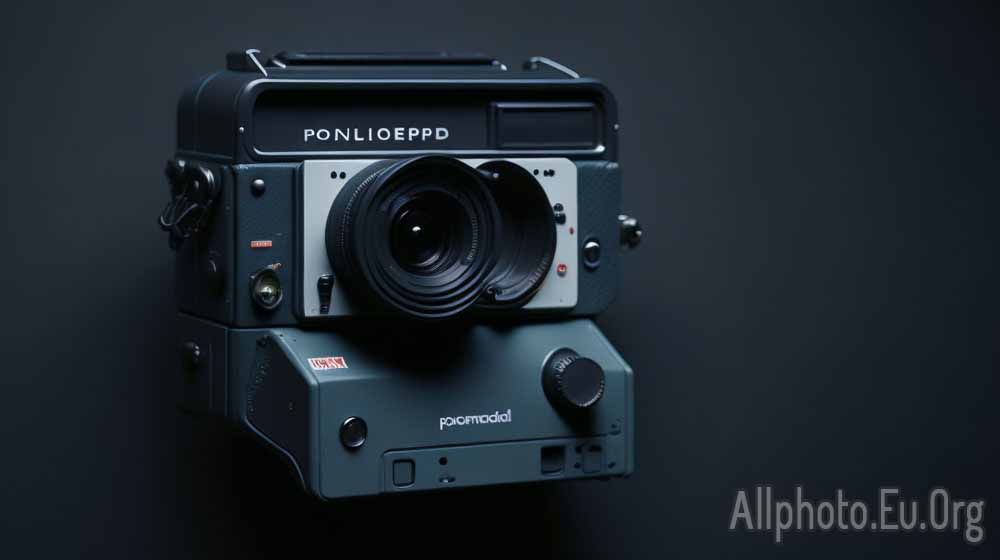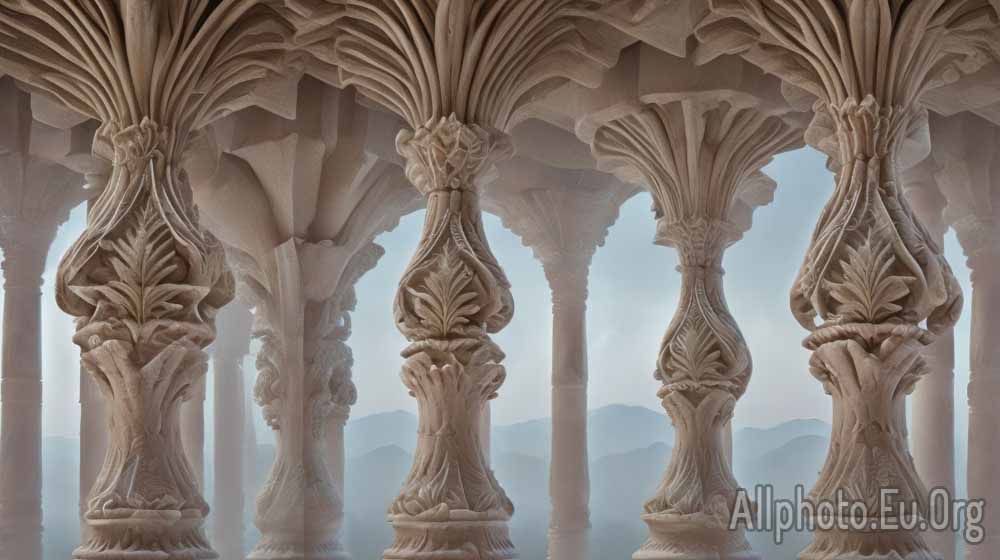The Benefits of Using a Wide-Angle Lens for Photography
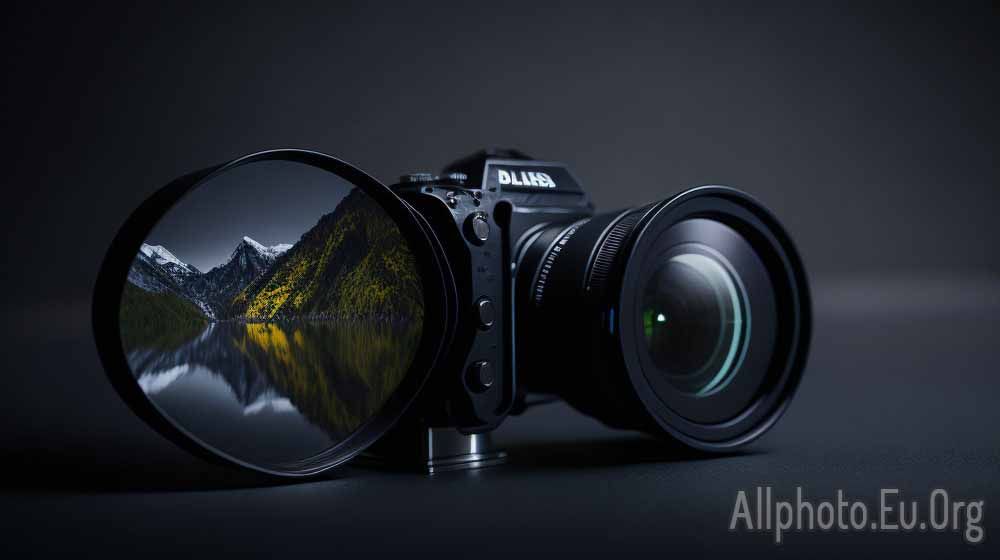
In photography, the type of lens you use can have a significant impact on the final result of your images. One of the most versatile lenses in a photographer's arsenal is the wide-angle lens. With its unique ability to capture a wide field of view, a wide-angle lens can enhance your photographs in many ways. In this article, we will discuss the benefits of using a wide-angle lens for photography and how it can improve your images.
First, let's define what a wide-angle lens is. A wide-angle lens typically has a focal length of less than 35mm on a full-frame camera, which is wider than the human eye's natural field of view. This means that a wide-angle lens can capture more of the scene in a single frame than a standard or telephoto lens.
Here are some benefits of using a wide-angle lens for photography:
-
Increased Field of View
As mentioned earlier, the primary benefit of a wide-angle lens is that it can capture a more extensive field of view. This means that you can capture more of the scene in a single frame without having to step back. This can be particularly useful in landscape photography, where you want to capture as much of the landscape as possible.
-
Distortion
Wide-angle lenses are well-known for producing distortion in images. This distortion can be both good and bad, depending on the effect you want to achieve. For example, if you want to create a surreal or dreamlike effect, you can use the distortion to your advantage. On the other hand, if you want to capture an accurate representation of the scene, you can correct the distortion in post-processing.
-
Unique Perspective
Using a wide-angle lens can give you a unique perspective on your subject. By capturing a wider field of view, you can show the subject in its environment and create a sense of context. This can be particularly useful in architectural photography, where you want to capture the entire building and its surroundings.
-
Increased Depth of Field
Wide-angle lenses have a greater depth of field than standard lenses, which means that more of the image is in focus. This can be particularly useful in landscape photography, where you want everything from the foreground to the background to be in focus.
-
Creative Composition
Using a wide-angle lens can open up new opportunities for creative composition. You can use the foreground to create a sense of depth, leading the viewer's eye into the image. You can also use the distortion to create interesting lines and shapes, which can add visual interest to the image.
-
Low-Light Photography
Wide-angle lenses tend to have wider apertures than standard lenses, which means that they can capture more light. This makes them useful in low-light situations, where you want to capture as much light as possible. This can be particularly useful in night photography, where you want to capture the stars or the city lights.
-
Versatility
Finally, wide-angle lenses are incredibly versatile. They can be used in a wide range of photography genres, from landscape to street photography to architecture. This versatility means that you can get a lot of use out of a wide-angle lens, making it an excellent investment for any photographer.
When choosing a wide-angle lens, there are several factors to consider. First, consider the focal length. As mentioned earlier, a wide-angle lens typically has a focal length of less than 35mm on a full-frame camera. However, there are varying degrees of wide-angle lenses, ranging from ultra-wide-angle to wide-angle.
Ultra-wide-angle lenses have a focal length of less than 24mm and can capture an extremely wide field of view. These lenses are best suited for landscape photography, architecture, and interiors, where you want to capture as much of the scene as possible.
Wide-angle lenses have a focal length between 24mm and 35mm and are also useful for landscape and architectural photography. However, they are more versatile than ultra-wide-angle lenses and can also be used for street photography and environmental portraits.
Another factor to consider when choosing a wide-angle lens is the aperture. As mentioned earlier, wide-angle lenses tend to have wider apertures than standard lenses, which can be useful in low-light situations. However, the wider the aperture, the more expensive the lens tends to be.
Image stabilization is another feature to consider, particularly if you plan on shooting handheld. Image stabilization can help reduce camera shake and produce sharper images.
Finally, consider the lens's quality and brand reputation. Investing in a high-quality wide-angle lens can make a significant difference in the quality of your images.
In conclusion, a wide-angle lens is an essential tool for any photographer looking to capture unique and compelling images. It can increase your field of view, create unique perspectives, and offer creative composition opportunities. When choosing a wide-angle lens, consider the focal length, aperture, image stabilization, and brand reputation. With the right wide-angle lens, you can take your photography to the next level.
To sum up, a wide-angle lens is a powerful tool that can enhance your photography in numerous ways. It can capture a more extensive field of view, provide unique perspectives, increase depth of field, and offer creative composition opportunities. When choosing a wide-angle lens, consider the focal length, aperture, image stabilization, and quality. A high-quality wide-angle lens can be a valuable investment for any photographer, providing versatility and creative possibilities in various genres.
Tags
Latest Articles
Most Read
All Tags
Subscribe
Donate
Please consider supporting our efforts.
© 2023 All-Photo.Cf All rights reserved.


